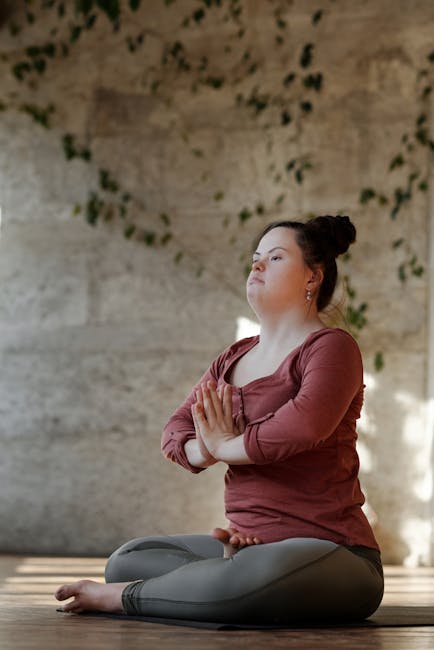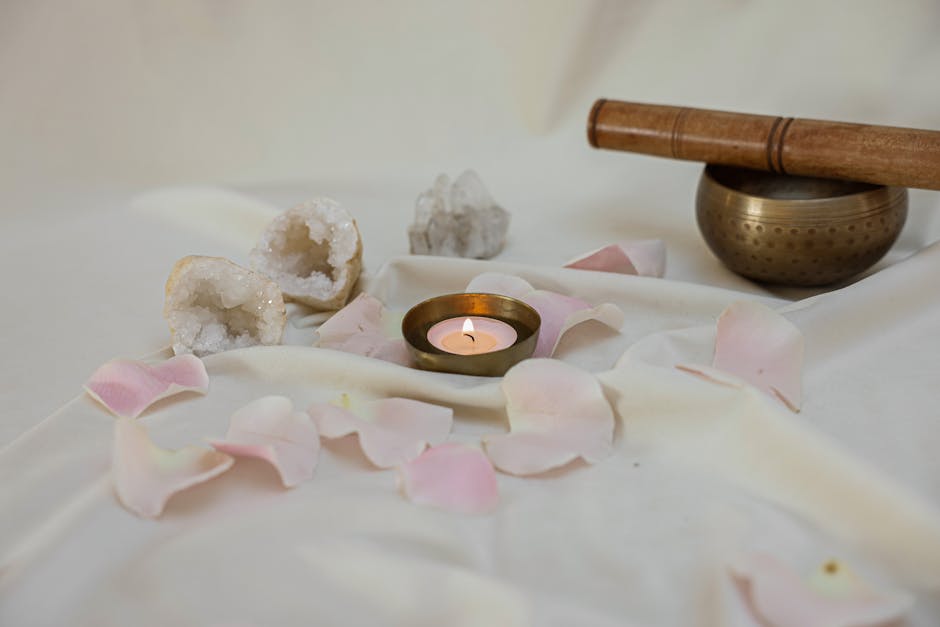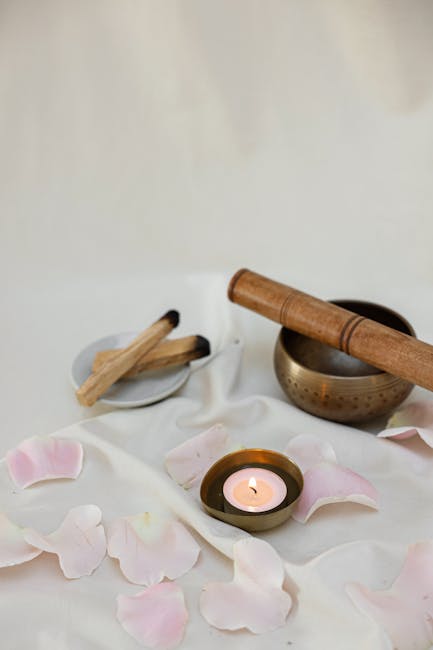Introduction
When it comes to achieving a state of physical and mental harmony, few practices compare to Tai Chi and Meditation. These ancient disciplines, rooted in Eastern philosophy, offer a holistic approach to wellness that transcends mere physical fitness. This blog post will delve into the essence of Tai Chi and meditation, their benefits, and how you can incorporate these practices into your daily life.
Tai Chi, often described as “meditation in motion”, is a Chinese martial art that combines slow, deliberate movements, meditation, and deep breathing. While meditation is a practice where an individual uses a technique – such as mindfulness or focusing the mind on a particular object, thought, or activity – to train attention and awareness, and achieve a mentally clear and emotionally calm and stable state. Together, they form a powerful duo that can significantly enhance your quality of life.
Understanding and incorporating these practices into your daily routine can be a transformative experience. It can lead to improved physical health, mental clarity, emotional stability, and a deeper sense of connection with the world around you. So, let’s embark on this mindful movement journey and explore the fascinating world of Tai Chi and meditation.
The Benefits of Tai Chi and Meditation
Both Tai Chi and meditation offer a plethora of benefits. They are not just about reducing stress and promoting relaxation, but also about enhancing overall health and wellbeing. Let’s delve into the physical and mental benefits of these practices.
Physical benefits
Practicing Tai Chi and meditation can lead to significant physical improvements. Here are some of the key benefits:
- Improved balance and flexibility: Tai Chi involves a series of movements and postures that can enhance your balance and flexibility.
- Increased strength and stamina: The slow, deliberate movements of Tai Chi can help build strength and stamina over time.
- Reduced risk of chronic diseases: Regular practice of Tai Chi and meditation can help manage stress levels, which is crucial in preventing chronic diseases like heart disease and diabetes.
Mental and emotional benefits
On the mental and emotional front, Tai Chi and meditation can work wonders. Here are some of the benefits:
- Stress reduction and relaxation: Both practices are known for their stress-busting properties. They can help calm the mind and induce a state of deep relaxation.
- Improved focus and concentration: Regular practice can enhance your ability to focus and concentrate, leading to improved productivity and performance.
- Enhanced emotional well-being: By promoting a sense of inner peace and balance, Tai Chi and meditation can significantly improve your emotional health.

Photo by Cliff Booth on Pexels
Understanding Tai Chi
Now that we’ve explored the benefits of Tai Chi and meditation, let’s delve deeper into the world of Tai Chi. This ancient Chinese martial art has a rich history and a unique philosophy that sets it apart from other forms of exercise.
Origins and history of Tai Chi
Tai Chi, also known as Tai Chi Chuan, originated in China over a thousand years ago. It was initially developed as a martial art, but over time, it evolved into a form of “moving meditation”. Today, it is practiced worldwide for its health benefits and its effectiveness in stress reduction.
Principles and philosophy behind Tai Chi
The philosophy of Tai Chi is rooted in the concept of “chi” or “qi”, the life energy that flows through all living beings. The practice aims to cultivate and balance this energy. Tai Chi also embodies the principles of Yin and Yang, the opposing forces that make up the universe. The movements in Tai Chi are designed to balance these forces within the body.
Basic Tai Chi movements and postures
There are several styles of Tai Chi, each with its own set of movements and postures. However, all styles share some common elements. Here are a few basic Tai Chi movements:
- Wave Hands Like Clouds: This movement involves shifting your weight from one leg to the other while moving your hands in a smooth, circular motion.
- Grasp the Sparrow’s Tail: This movement combines several techniques in a fluid sequence.
- Single Whip: This movement involves a wide sweep with one arm, followed by a thrust with the other.

Photo by Cup of Couple on Pexels
Exploring Meditation
Just as Tai Chi is a journey of movement and balance, meditation is a journey of stillness and awareness. It’s a practice that has been embraced by cultures worldwide for its profound benefits. Let’s explore the different types of meditation and some techniques for practicing it.
Different types of meditation
Meditation comes in many forms, each with its unique focus and benefits. Here are a few types:
- Mindfulness meditation: This form of meditation involves focusing on the present moment and accepting it without judgment. You can learn more about it here.
- Loving-kindness meditation: This practice involves focusing on developing feelings of compassion and love for oneself and others.
- Transcendental meditation: This technique involves the use of a mantra that is repeated silently to help the practitioner focus and transcend the busy mind.
Techniques for practicing meditation
While there are many ways to meditate, some techniques are common to many practices. Here are a few:
- Breathing exercises: Focusing on your breath is a fundamental technique in many forms of meditation. It helps to anchor your mind and bring your attention to the present moment.
- Guided visualization: This technique involves visualizing a peaceful place or situation to help you relax. You can learn more about it here.
- Mantra repetition: Repeating a mantra or a series of words can help focus the mind and promote relaxation.

Photo by Cup of Couple on Pexels
Incorporating Tai Chi and Meditation into Daily Life
Now that we have a better understanding of Tai Chi and meditation, the next step is to incorporate these practices into our daily lives. Here are some tips on how to do that.
Creating a regular practice routine
Consistency is key when it comes to Tai Chi and meditation. Try to set aside a specific time each day for your practice. It could be in the morning to start your day on a positive note, or in the evening to unwind and relax.
Finding suitable resources and classes
There are plenty of resources available to help you get started with Tai Chi and meditation. You can find online tutorials, apps, and even local classes. Choose what suits you best and make use of these resources to guide your practice.
Tips for maintaining motivation and consistency
It’s normal to face challenges when starting a new practice. Here are some tips to help you stay motivated:
- Start small: Begin with short sessions and gradually increase the duration as you get more comfortable.
- Set realistic goals: Don’t expect to master the practices overnight. Be patient with yourself and celebrate small victories.
- Find a practice buddy: Practicing with a friend or family member can make the experience more enjoyable and motivating.
Conclusion
Embracing the practices of Tai Chi and meditation can be a life-changing decision. These practices offer a holistic approach to wellness, promoting physical health, mental clarity, and emotional balance. By incorporating them into your daily routine, you can enhance your quality of life and experience a deeper sense of connection with the world around you.
We hope this post has inspired you to embark on your own Tai Chi and meditation journey. Remember, the journey of a thousand miles begins with a single step. So, why not take that step today? Start your Tai Chi and meditation practice and discover the profound benefits these practices can offer.
Remember, it’s not about perfection, but progress. So, take it one day at a time, and before you know it, you’ll be reaping the benefits of these wonderful practices. Here’s to your health and wellbeing!



